Meet a few of our local invasive species, and their native counterparts
Invasive species, both aquatic and terrestrial, are a widespread problem affecting New York State’s biodiversity. The NYS Department of Environmental Conservation states that invasive species cause harm to the environment, the economy, or human health, through one of the following means:
- Habitat degradation and loss
- The loss of native fish, wildlife, and tree species
- The loss of recreational opportunities and income
- Crop damage and diseases in humans and livestock
- Risks to public safety
Today let us explore five invasive species found in aquatic habitats in NYS, and the impacts they have on similar native species!
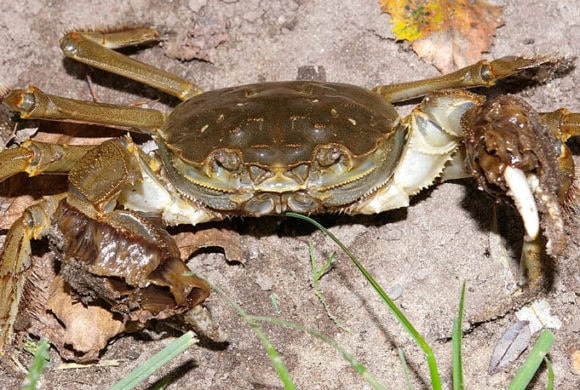
Chinese mitten crab, image by Christian Fischer, shared under the Creative Commons Attribution-Share Alike 3.0 Unported license.
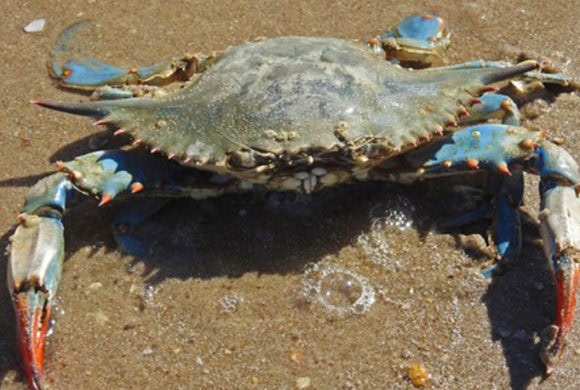
Blue crab, image by NPS photo.
The Chinese mitten crab was found in crab pots in the Hudson River as early as 2007. Named for their wooly claws that look like mittens, Chinese mitten crabs are freshwater crabs that migrate to the brackish waters of the Hudson River to reproduce. They aggressively compete with our native blue crab and their burrowing habits cause erosion to stream and riverbanks. The number of sightings of Chinese mitten crabs has remained low in New York in recent years, but confirmed reports can be found in the National Exotic Marine and Estuarine Species Information System (NEMESIS).
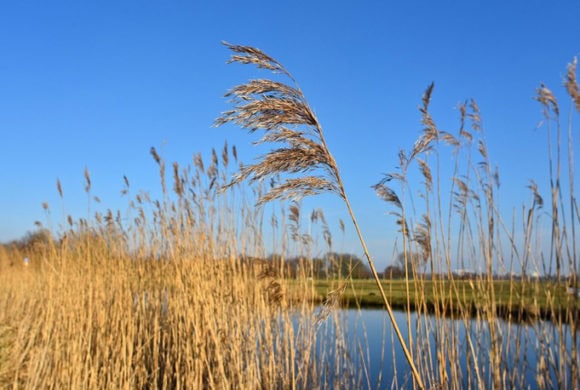
Phragmites
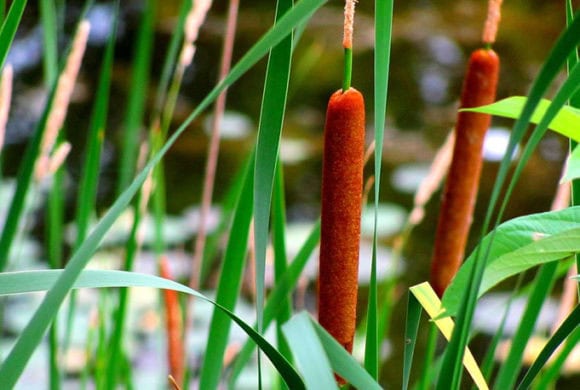
Cattails, Image by RichardBH, shared under the Creative Commons Attribution 2.0 Generic license.
The second entry on our list has been around since the 1800s and isn’t just one species, but four, collectively known as common reed or phragmites. Phragmites, easily recognizable by the fluffy heads on the plants, causes damage to waterways by creating monocultures of thick, dense stands and making them impassable to many creatures. This competition can impact native wetland plant species such as common cattail or narrow-leafed cattails, which serve as an important food source and habitat for birds, insects, and fish. To learn more about how phragmites can impact an area, check out this article I wrote while interning at Bear Mountain State Park about the successful management of phragmites near Iona Island.
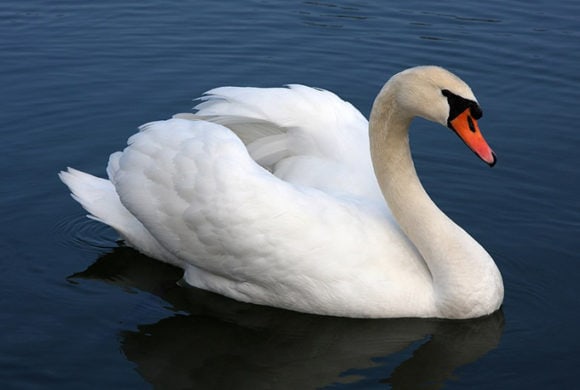
Mute swan, image by Yerpo, shared under the Creative Commons Attribution-Share Alike 3.0 Unported license.
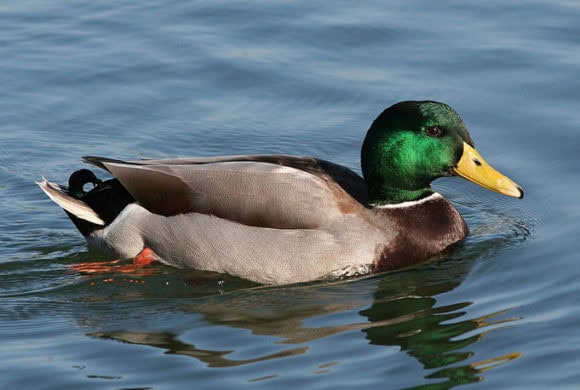
Mallard, image by Calibas, shared under the Creative Commons Attribution-Share Alike 3.0 Unported license.
Mute swans were brought over from Europe to the United States in the early 1900s to private estates and zoos for people to admire their beauty. Unfortunately, they escaped and established breeding populations along eastern North America. Mute swans damage the ecosystem by eating large amounts of vegetation that fish, invertebrates, and waterfowl rely on for cover and food. Mute swans also displace and will show aggression towards native waterfowl species, such as mallard ducks. The NYS DEC has a detailed Mute Swan management plan, which focuses on non-lethal techniques.
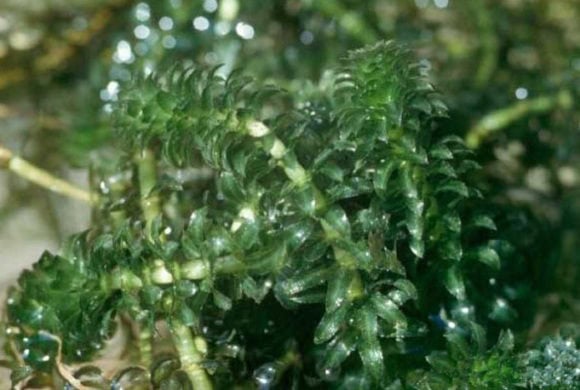
Hydrilla
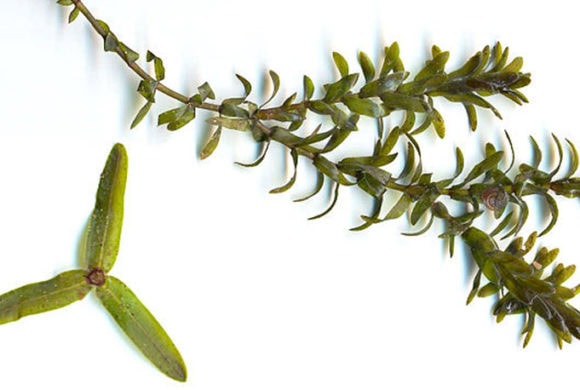
Common waterweed, image by Christian Fischer, shared under the Creative Commons Attribution-Share Alike 3.0 Unported license.
Hydrilla, also known as water thyme, is a submerged plant that attaches itself to the sediment beds of water bodies with potato-like tubers and grows into thick mats on the water’s surface. Hydrilla, which has been found in our nearby Croton River, hurts native aquatic plants by blocking their sunlight and outcompeting them with its rapid growth. Native fish species suffer from Hydrilla’s presence lowering the dissolved oxygen in the water, reducing their native plant food supply, and blocking their spawning points with its dense matting. American elodea or common waterweed, despite having similar appearance and behavior, is more manageable as it does not grow from tubers that can easily regrow the plant if left behind. If you believe you have found any of these species and would like to confirm your identification, check out this great guide.
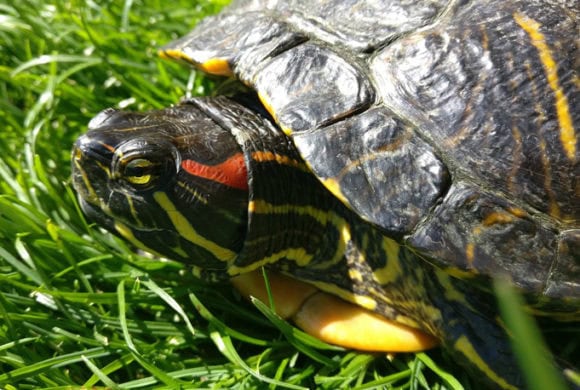
Red-eared slider
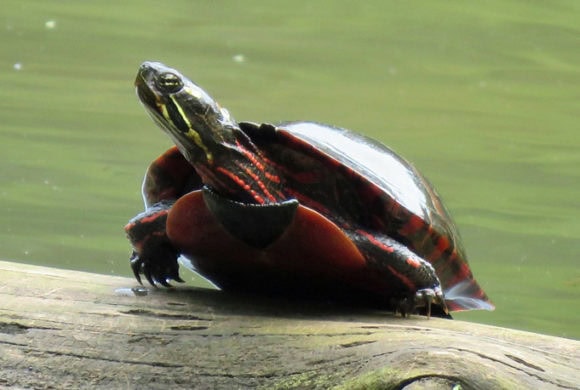
Eastern painted turtle, image by Christian Fischer, shared under the Creative Commons Attribution-Share Alike 3.0 Unported license.
The final entry on our list, the red-eared slider, is a popular pet turtle species native to aquatic habitats in southern and mid-central states, but not New York. Their small size and cheap price made them lucrative animals for the pet trade and resulted in millions of them being farmed and raised for distribution and sale. While small at the outset, red-eared sliders continue to grow up to a foot long, which is nearly twice the size of our native eastern painted turtles. The increased care requirements associated with their growth has led many pet-owners to irresponsibly release these turtles into the wild. Red-eared sliders can be quite aggressive and territorial, outcompeting native turtles for food and basking spots. Due to their origins in captivity, they may also carry unfamiliar diseases into their new habitat, further increasing native turtle mortality. If you or someone you know is considering getting a red-eared slider as a pet, I encourage you to check out this blog from zoologist and herpetologist Frank Indiviglio about whether they are the right fit for you.
For more information on invasive species in our state, to learn how to identify and report invasive species, or other ways you can get involved, visit the New York State Department of Environmental Conservation or the New York State Invasive Species Information page.

About the Author
Jesse Predmore
Jesse is Teatown’s newest Environmental Educator, and comes to us with experience from Trailside Museums & Zoo at Bear Mountain, Abilene Zoo, and he holds a degree in Environmental Biology from Lock Haven University.



Leave a Reply